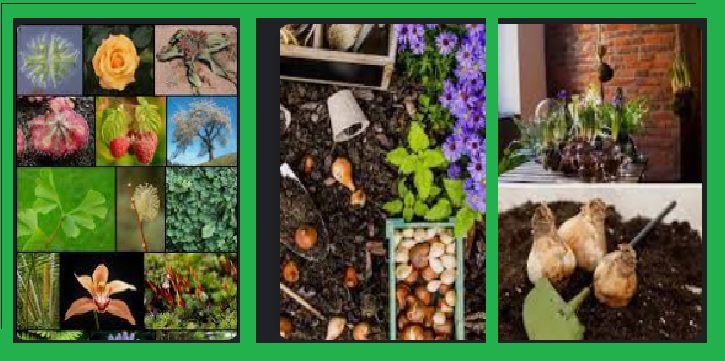
HS Code Chapter 06: Live Trees and Other Plants; Bulbs, Roots and the Like; Cut Flowers and Ornamental Foliage Export Import Worldwide Foreign Trade Laws, Licensing, Customs Clearance, International Logistics and Exim Documentation
HS Code Chapter 06 covers live trees, plants, bulbs, cut flowers, and ornamental foliage. These items are traded extensively worldwide, and it is important for exporters and importers to understand the foreign trade laws, licensing, customs clearance, international logistics, and Exim documentation related to this chapter.
Live Trees and Other Plants:
Live trees and plants are commonly traded between countries for ornamental, agricultural, and medicinal purposes. Exporters and importers must be aware of the laws and regulations regarding the export and import of live trees and plants. Many countries have restrictions on the import of live plants due to the risk of introducing pests and diseases. Importers must obtain the necessary permits and comply with quarantine regulations to prevent the introduction of harmful organisms.
Bulbs, Roots, and the Like:
Bulbs, roots, and similar plant materials are also covered under HS Code Chapter 06. These items are used for various purposes, including planting, medicinal use, and food production. When exporting or importing bulbs and roots, it is important to ensure compliance with phytosanitary regulations to prevent the spread of pests and diseases.
Cut Flowers and Ornamental Foliage:
Cut flowers and ornamental foliage are popular items for international trade. Exporters must ensure that the flowers and foliage are of high quality and meet the phytosanitary requirements of the importing country. Importers must obtain the necessary permits and comply with quarantine regulations to prevent the introduction of pests and diseases.
Foreign Trade Laws:
Foreign trade laws vary by country, and it is important for exporters and importers to understand the regulations governing the export and import of live trees, plants, bulbs, cut flowers, and ornamental foliage. In addition, there are international laws and agreements that regulate the trade of plant materials, such as the Convention on International Trade in Endangered Species of Wild Fauna and Flora (CITES).
Licensing:
Exporters and importers may require licenses or permits to trade in live trees, plants, bulbs, cut flowers, and ornamental foliage. These licenses may be issued by the relevant government agencies and may have specific requirements that must be met before trading can commence.
Customs Clearance:
Customs clearance is an important part of the export and import process. Exporters and importers must ensure that all necessary documentation is provided to customs officials to facilitate the clearance of the goods. This may include phytosanitary certificates, export declarations, and import permits.
International Logistics:
International logistics involves the transportation of goods between countries. Exporters and importers must consider various factors when planning the logistics of live trees, plants, bulbs, cut flowers, and ornamental foliage. This may include the mode of transportation, packaging requirements, and the handling of the goods during transit.
Exim Documentation:
Export and import documentation is an essential part of the trade process. Exporters and importers must ensure that all necessary documentation is completed accurately and on time. This may include invoices, bills of lading, phytosanitary certificates, and export declarations.
HS Code Chapter 06 covers live trees, plants, bulbs, cut flowers, and ornamental foliage. Exporters and importers must be aware of the foreign trade laws, licensing, customs clearance, international logistics, and Exim documentation requirements related to this chapter. Compliance with these regulations is essential for the successful trade of plant materials between countries.
